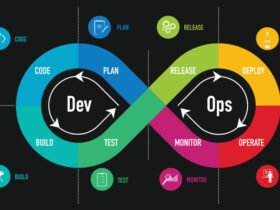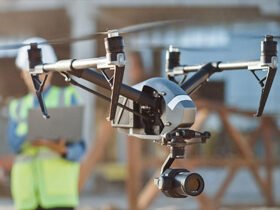If you’ve been asked to complete fingerprinting for a background check in California, you might come across two types of fingerprinting services: Live Scan and traditional ink fingerprinting. While both serve the same purpose—capturing your fingerprints for identification—there are key differences in how they’re performed, processed, and used.
In Newport Beach and across California, Live Scan has largely replaced ink fingerprinting for most official purposes. However, there are still situations where ink fingerprints are required. Understanding the difference between these two methods can help you choose the right service for your needs and avoid delays in processing your background check.
What Is Live Scan Fingerprinting?
Live Scan is a digital fingerprinting process that electronically captures your fingerprints using a specialized scanner. These fingerprint images are then transmitted electronically to the California Department of Justice (DOJ), the FBI, or other authorized agencies for background checks.
This method is widely used in California, especially for employment, licensing, and government-related applications. It is faster, cleaner, and more secure than the traditional method.
What Is Traditional Ink Fingerprinting?
Ink fingerprinting is the older, manual process of rolling your fingers in black ink and pressing them onto a fingerprint card. The card is then physically mailed to the requesting agency for processing. This method is still used in some states, by certain federal agencies, or for international purposes.
Ink fingerprinting may be required if the receiving agency doesn’t accept electronic submissions or if the fingerprint card must be physically sent to an out-of-state or foreign agency.
Key Differences Between Live Scan and Ink Fingerprinting
1. Technology and Process
- Live Scan: Uses an optical scanner to digitally capture prints—no ink involved. The images are submitted electronically.
- Ink Fingerprinting: Requires ink and paper. Each finger is rolled onto an official fingerprint card, which is mailed to the appropriate agency.
2. Speed and Turnaround Time
- Live Scan: Results are typically returned in a few days. Because data is sent instantly, there’s no mailing delay.
- Ink Fingerprinting: Processing times can be much longer, often taking weeks, especially when mailed to out-of-state or international agencies.
3. Cleanliness and Accuracy
- Live Scan: No mess—your hands stay clean. Digital systems can detect and correct minor errors in real time, reducing the chance of rejection.
- Ink Fingerprinting: Ink can smudge, and prints can be rejected due to poor quality, which may require reprinting and resubmission.
4. Use Cases and Availability
- Live Scan: Required for most California jobs, state licenses, and background checks. Common for people working in education, healthcare, law enforcement, or childcare.
- Ink Fingerprinting: Still needed for out-of-state licensing, immigration applications, federal forms (like FD-258 cards), or when the recipient agency specifically requests it.
When Do You Need Live Scan in Newport Beach?
In California, Live Scan is the standard method for almost all in-state background checks. If you’re:
- Applying for a California state license (real estate, insurance, nursing, etc.)
- Starting a job in education, healthcare, or law enforcement
- Volunteering at a school or nonprofit
- Becoming a foster parent
- Working with minors, seniors, or vulnerable populations
…you will most likely need to complete a Live Scan.
You’ll be given a “Request for Live Scan Service” form by the agency requesting your fingerprints. This form includes the necessary codes and information to transmit your results to the right place.
When Might You Need Ink Fingerprinting?
While Live Scan is more common, there are a few scenarios where ink fingerprinting is still required:
- Applying for a job or license in another state
- Submitting background checks for federal agencies not connected to Live Scan
- Applying for international visas or immigration to other countries
- Completing FBI background checks for personal review via mailed application
- Agencies that only accept hard-copy FD-258 or other fingerprint cards
Some fingerprinting centers in Newport Beach offer both services, but it’s always smart to verify ahead of time whether ink fingerprinting is available if that’s what you need.
Which Is Better?
Live Scan is the preferred option in most cases because it’s faster, more accurate, and widely accepted across California. It eliminates the delays associated with mailing fingerprint cards and reduces the risk of rejection due to poor print quality.
However, ink fingerprinting isn’t obsolete—it still plays a vital role in cases where digital submissions aren’t accepted. The “better” option depends on the requirements of the agency requesting your background check.
Final Thoughts
When it comes to fingerprinting in Newport Beach, Live Scan is the go-to choice for most people. It’s cleaner, quicker, and ensures that your background check is submitted directly to the right agency in real time. But for certain federal or international purposes, traditional ink fingerprinting may still be necessary.
If you’re unsure which service you need, it’s best to check with the requesting agency before your appointment. This helps avoid delays and ensures you get the right type of fingerprinting the first time around.
Whether you need Live Scan or ink fingerprints, understanding the difference ensures a smoother, more efficient process. We recommend Newport Beach Livescan.







